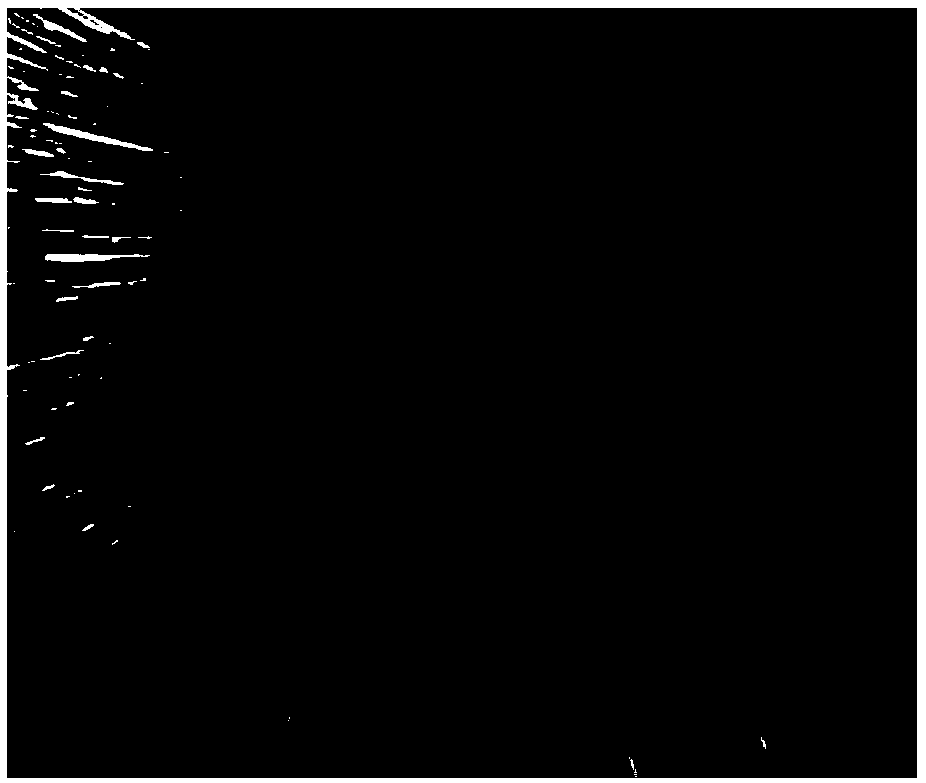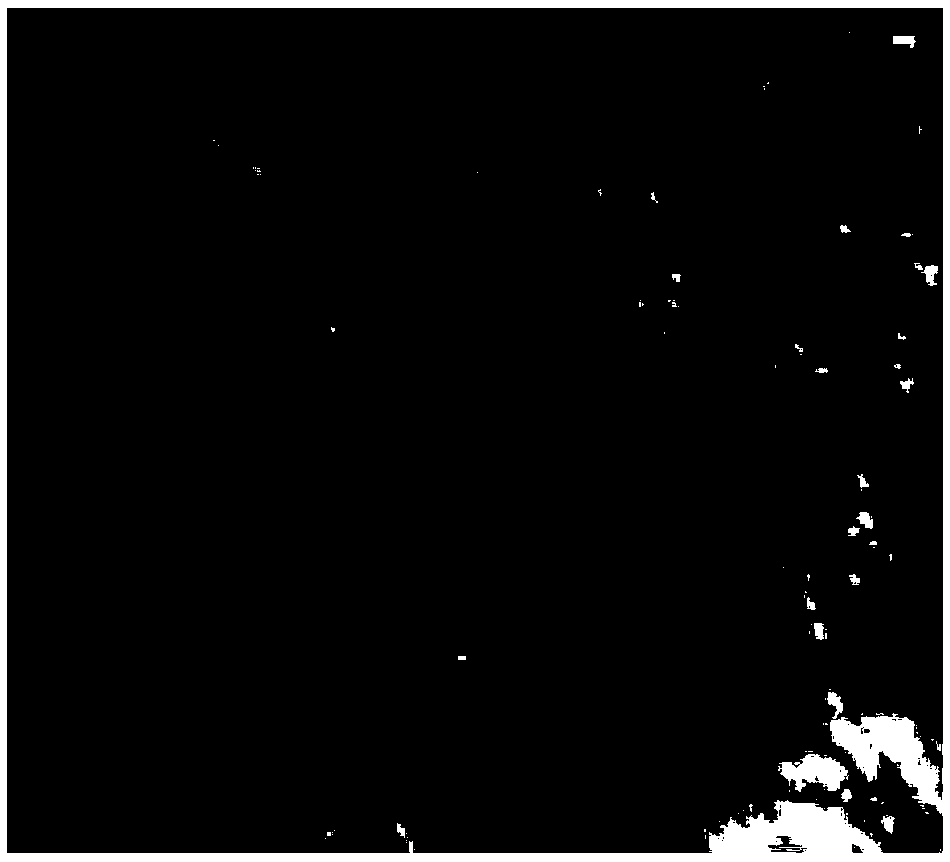Molecular resonance-strain combined water purifying material and production method thereof
A technology of molecular resonance and production method, applied in the field of materials, can solve the problems such as the use of no water purification materials, and achieve the effects of improving reproductive and metabolic capacity, strong osmotic power, and enhanced water purification capacity.
- Summary
- Abstract
- Description
- Claims
- Application Information
AI Technical Summary
Problems solved by technology
Method used
Image
Examples
Embodiment 1
[0034] Present embodiment provides a kind of bacterial agent:
[0035] (1) Put 100g of molecular resonance powder into 1L of water, seal and let it stand for 3 hours, filter and remove the molecular resonance powder, and obtain molecular resonance water. Wherein, the molecular resonance powder includes 35 parts by weight of carbon, 30 parts by weight of ceramics, 20 parts by weight of lithium tourmaline, 15 parts by weight of dolomite and 12 parts by weight of calcium carbide.
[0036] (2) Add 14 g of soluble starch, 6 g of peptone, and 12 g of brown sugar into 0.5 L of molecular resonance water, and mix evenly to obtain a liquid medium.
[0037] (3) The mixed strains of lactic acid bacteria, yeast and Bacillus subtilis were inoculated into the liquid medium at a mass ratio of 1:50, cultured in a closed manner at 35°C for 7 days, and spray-dried to obtain the bacterial preparation.
Embodiment 2
[0039] This embodiment provides a water purification material combined with molecular resonance bacteria, including:
[0040] There is a non-woven fabric adjacent to the first cavity and the second cavity, and the pore size of the non-woven fabric is 5 μm;
[0041] In the first cavity, be filled with bacterium agent (embodiment 1 provides); Contain ≥ 10 on the non-woven fabric of every cubic centimeter 12 Bacteria species with a viable count;
[0042] The second cavity contains molecular resonance powder; the volume-to-mass ratio of the second cavity to the molecular resonance powder is 1 cm 3 : 2g. The molecular resonance powder includes 20 parts by weight of carbon, 20 parts by weight of ceramics, 15 parts by weight of lithium tourmaline, 10 parts by weight of dolomite and 10 parts by weight of calcium carbide. The average particle size of molecular resonance powder is 100 mesh.
[0043] This embodiment also provides a method for making the above-mentioned water purifica...
Embodiment 3
[0045] This embodiment provides a water purification material combined with molecular resonance bacteria, including:
[0046] There is a non-woven fabric adjacent to the first cavity and the second cavity, and the pore size of the non-woven fabric is 3 μm;
[0047] Contain bacterium agent (embodiment 1 provides) in the first cavity; Contain ≥ 10 on the non-woven fabric of every cubic centimeter 12 Bacteria species with a viable count;
[0048] The second cavity contains molecular resonance powder; the volume-to-mass ratio of the second cavity to the molecular resonance powder is 1.5 cm 3 : 5g. The molecular resonance powder includes 20 parts by weight of carbon, 20 parts by weight of ceramics, 15 parts by weight of lithium tourmaline, 10 parts by weight of dolomite and 10 parts by weight of calcium carbide. The average particle size of molecular resonance powder is 100 mesh.
[0049] This embodiment also provides a method for making the above-mentioned water purification m...
PUM
| Property | Measurement | Unit |
|---|---|---|
| pore size | aaaaa | aaaaa |
| particle size | aaaaa | aaaaa |
| particle size | aaaaa | aaaaa |
Abstract
Description
Claims
Application Information
 Login to View More
Login to View More - Generate Ideas
- Intellectual Property
- Life Sciences
- Materials
- Tech Scout
- Unparalleled Data Quality
- Higher Quality Content
- 60% Fewer Hallucinations
Browse by: Latest US Patents, China's latest patents, Technical Efficacy Thesaurus, Application Domain, Technology Topic, Popular Technical Reports.
© 2025 PatSnap. All rights reserved.Legal|Privacy policy|Modern Slavery Act Transparency Statement|Sitemap|About US| Contact US: help@patsnap.com


